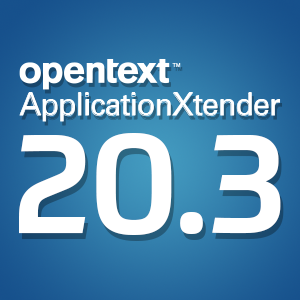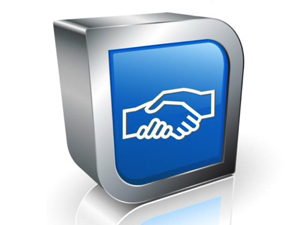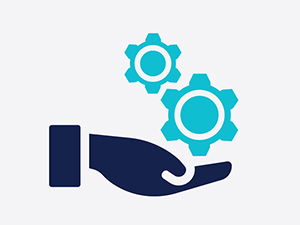U.S. Bancorp’s digitization improves consumer services
Monday, December 1, 2014One financial services holding company is expanding its paperless options in order to enhance the consumer experience.
While some banks are hesitant to introduce new paperless services, U.S. Bancorp is embracing digitization, American Banker explained. An all-electronic business is faster and less prone to errors, and U.S. Bancorp recognized this. The firm has offered consumers paperless loans for six years and has recently expanded its digitized offerings.
Account opening is undergoing the same business process automation changes that the loan process once went through at the bank. While U.S. Bancorp recognizes the advantages of digitized content management services, many financial institutions are slow to adopt such technologies.
"Banks continue to stumble when it comes to automating the consumer lending processes," consultants at Cornerstone Advisors wrote in a recent study, the publication noted. "The percentage of direct loans approved through automated underwriting and direct loan applications originated online remains at zero. Banks are simply not spending the time or money on direct consumer lending to make it an efficient process."
Currently, about 12 percent of banks in the U.S. are providing consumers with paperless loan services, American Banker noted. Though costs are rising for many banks, the firms still utilize inefficient paper-based services over cost-saving digitized offerings. U.S. Bancorp has recognized what many firms in the financial services sector have yet too, that simply getting rid of paper will reduce errors.
All 3,000 of the firm's branches utilize e-signatures during the consumer loan process, the news outlet explained. Nearly 70,000 documents are signed on a weekly basis in the bank's branches using this digital process. The majority of transactions, including those involving home equity loans and lines of credit, are completed without the use of paper at U.S. Bancorp. And the firm continues to convert business processes.
"We started at 70% of all loan account openings having e-signatures, and within a year we were up to 85%, which is where we stayed for the five years after that," Ron Eddy, an associate vice president for technology and operations at U.S. Bank, told American Banker. "For deposits we're at 90%."
The digital conversion has helped employees of U.S. Bancorp refocus their energies in order to provide better consumer services. Staff have been given the time to think less about transactions, and more about making sales and providing advice to consumers.
"We want to increase the flexibility offered to our customers to handle their own processes," he said. "If signatures are needed, they should be able to go to any of our various channels to have that happen. In the branch, it's about advising them on decision making going forward with their accounts."
How going paperless can improve business operations
Going paperless provides companies with a number of advantages in all industries, not just the financial sector. Removing paper from the equation frees up both time and funding, which makes for a more efficiently run business. While many people think that paper conversion services are costly, the ROI is notable, according to the Association for Information and Image Management.
When firms don't have to purchase reams of paper and order costly ink shipments, both time and money are saved. With the amount of time spent on locating and storing paper documents, AIIM explained that an ROI could be recognized in as little as one month.
"We want to put that power back in the banker, where the banker is able to form a relationship," Eddy said. "We take away those more detail-oriented parts of it, so they can focus on the products we offer and advising the customer. The customer gets the benefit of being able to do business their way, on their own device or in a branch from wherever they want."
Brought to you by Image One Corporation providing complete information governance since 1994.




